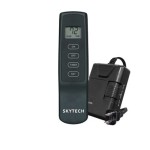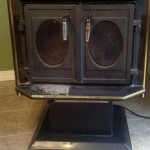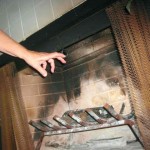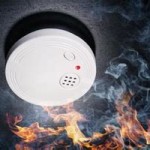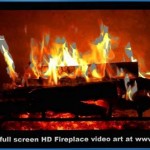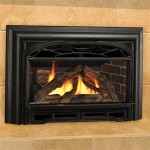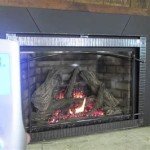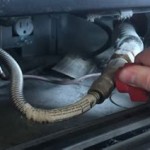Optimize Home Heating with Fireplace Fans and Blowers
Fireplaces provide warmth, ambiance, and aesthetic appeal to homes. However, they can be inefficient in distributing heat throughout the room. Fireplace fans and blowers play a crucial role in improving heat circulation and maximizing the heating potential of your fireplace.
How Fireplace Fans Work
Fireplace fans, often referred to as heat-powered stove fans, are placed on top of the stove or fireplace. They operate without electricity, utilizing the temperature difference to generate power. As the fireplace heats up, the air around the fan expands and rises, creating an airflow. This airflow is then circulated into the room, distributing the heat more evenly.
Benefits of Fireplace Fans
- Improved Heat Distribution: Fireplace fans circulate warm air throughout the room, eliminating cold spots and creating a more comfortable environment.
- Energy Savings: By distributing heat more effectively, fireplace fans reduce the need for additional heating sources, potentially saving on energy costs.
- Increased Safety: As fireplace fans improve heat distribution, they can reduce the risk of overheating and potential damage to nearby objects.
How Fireplace Blowers Work
Fireplace blowers, unlike fans, are powered by electricity. They are installed below the fireplace or in the fireplace insert and use a motor to circulate air. Fireplace blowers provide more powerful airflow than fans, making them suitable for larger rooms or for fireplaces that require additional heating assistance.
Benefits of Fireplace Blowers
- Maximum Heat Output: Fireplace blowers provide maximum heat output by circulating the hot air from the fireplace throughout the room.
- Controllable Airflow: Many blowers have adjustable settings, allowing you to customize the airflow and heat output to your preference.
- Quiet Operation: Modern fireplace blowers are designed to operate quietly, minimizing noise disturbances.
Choosing the Right Fireplace Fan or Blower
When choosing a fireplace fan or blower, consider the following factors:
- Room Size: Fireplace fans are suitable for small to medium-sized rooms, while blowers are ideal for larger spaces.
- Fireplace Type: Different fireplace fans and blowers are designed for specific types of fireplaces, such as wood-burning, gas, or pellet stoves.
- Heating Capacity: The heating capacity of a fan or blower is measured in cubic feet per minute (CFM). Choose a model with sufficient CFM to circulate enough heat for your room.
- Noise Level: Fireplace fans and blowers vary in noise level. Consider the decibel rating to ensure it meets your comfort level.
- Energy Efficiency: Opt for energy-efficient models to minimize electricity consumption and save on operating costs.
Conclusion
Fireplace fans and blowers are essential accessories for optimizing fireplace heating. They improve heat distribution, increase energy efficiency, and enhance safety. By choosing the right fireplace fan or blower, you can enjoy a cozy and comfortable environment while maximizing the heating potential of your fireplace.

Fireplace Efficiency Blowers And Why You Should Have One

Why Should I Get A Fireplace Blower For My Masonry

How Does A Fireplace Blower Work Learn About Blowers

Universal Fireplace Blower Fan 4 Blade Skeleton Style Midwest Hearth

Fireplace Blower Fans What You Need For Heat Full Service Chimney

Noisy Gas Fireplace Blower Here S How To Replace It Diy

Fireplace Blowers Explained How Fans Work Regency

Fireplace Blower Fans What You Need For Heat Full Service Chimney

How To Replace Your Rsf Fireplace Blower Fan

Gas Fireplace Blower Fan Dealer The 1 Resource

